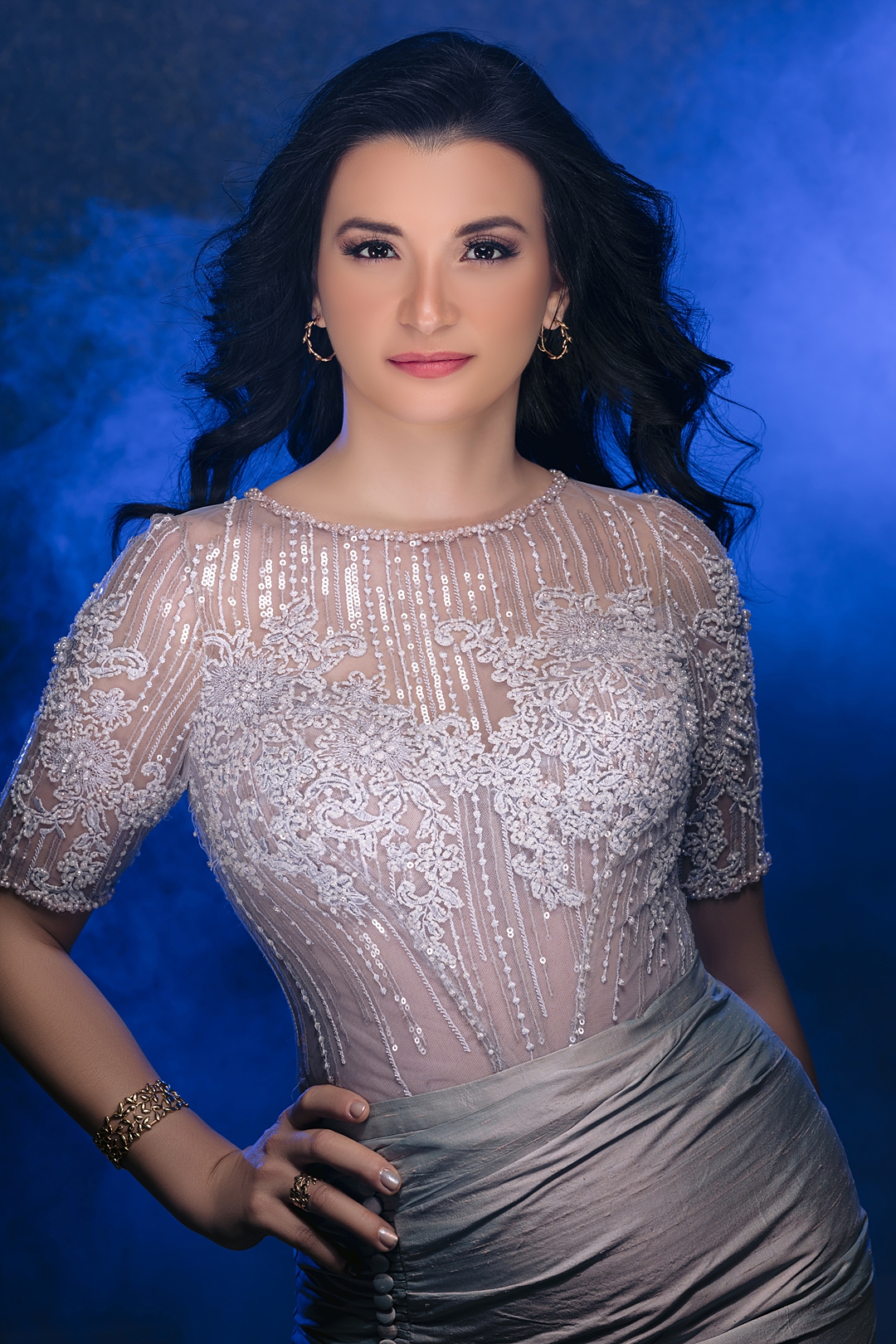Color plays a huge role in photography, especially when it comes to setting the mood and tone of an image. One of the most intriguing colors in portrait photography is blue. From light sky blues to deep navy tones, blue has a powerful effect on how we perceive portraits. So, what does the color blue bring to the table, and how can you use it to enhance your portrait work?
1. Blue and Emotion: The Psychology Behind the Color
Blue is often associated with calmness, trust, and serenity. It’s the color of the sky and the ocean, which is why people often find it soothing. When used in portraits, blue can evoke feelings of peace, reflection, and stability. It’s a great color to work with when you want to convey a tranquil or introspective mood in your images.
However, blue isn’t always just about calm. Darker shades like navy or royal blue can create a more serious, even somber tone. It can make your subject appear thoughtful or evoke a feeling of mystery. This dual nature of blue gives you flexibility in storytelling, depending on how you choose to use it in your composition.

2. How Blue Affects Skin Tones in Portraits
One of the biggest challenges photographers face when working with blue is how it interacts with skin tones. Blue lighting or blue backdrops can cast cool tones onto the subject’s skin, which may make them appear washed out or pale. It’s essential to find a balance so that your client’s natural warmth still comes through in the image.
Pro Tip: If you’re using blue lighting, mix in some warmer tones (like soft yellows or oranges) to balance out the coolness. This can help prevent your portraits from looking overly cold or clinical.

3. Blue in Clothing and Styling Choices
Using blue in your subject’s wardrobe is a popular choice because it’s universally flattering and versatile. Whether it’s a denim jacket or a flowy royal blue dress, blue can help your subject stand out while still maintaining a sense of calm. Lighter blues can give a fresh, airy look, while deeper blues create a more dramatic, sophisticated vibe.
If you’re photographing a client who’s a little nervous or shy, dressing them in blue can help them feel more at ease. Blue has a natural calming effect, not just visually but emotionally as well. This can translate into more relaxed, natural expressions during your shoot.

4. Creating Depth with Blue Backgrounds
Incorporating blue as a background color can add depth and dimension to your portraits. Light blue backgrounds, for example, give off a dreamy, soft vibe, which works great for whimsical or ethereal portrait styles. Darker blues, on the other hand, can create a more intense, cinematic feel, drawing attention directly to your subject’s face and expression.

5. Blue and Mood in Post-Processing
Don’t forget the power of blue in post-processing. Whether you’re adjusting color tones or adding a blue tint, this color can completely transform the vibe of a portrait. A slight blue hue can make the image feel more polished and modern, while deep, moody blues can add drama and intrigue.

Final Thoughts
The color blue is one of the most versatile colors you can use in portrait photography. Whether you want to create a calm, serene image or something more dramatic and intense, blue has the power to shift the mood in ways few other colors can. So next time you’re setting up for a portrait shoot, don’t underestimate the power of blue—it might just be the secret ingredient that takes your photos to the next level!
